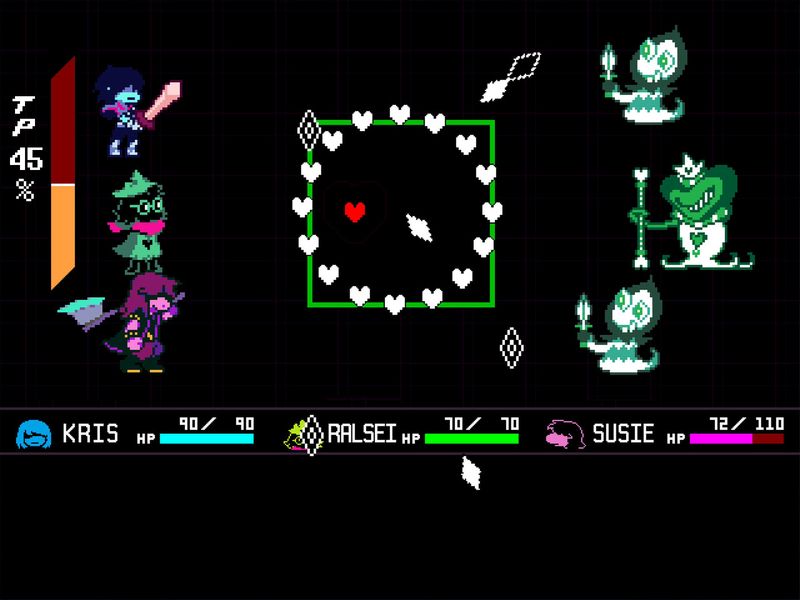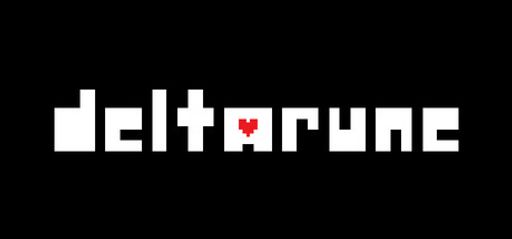I’ve spent the last week diving into DELTARUNE, the highly anticipated follow-up to Undertale. And I’m seriously impressed with what Toby Fox has created. Below is my full breakdown of the game’s best parts, the weaker moments, and everything in between—from combat mechanics to character development, visuals to music.
Overall Impressions
DELTARUNE strikes a smart balance between heartfelt storytelling and quirky humor. It captures the spirit of Undertale while creating its own unique identity. With Chapters 1 to 4 released together, the story feels cohesive and well-paced, with no unnecessary filler. Each chapter builds naturally on the last, supported by thoughtful pacing and a strong creative vision that guides players through a surreal, emotional journey.
The evolving turn-based combat system is a clear highlight, with fresh mechanics introduced in every chapter. These additions keep battles fun and engaging. The writing smoothly shifts between funny moments and emotional depth. Toby Fox’s promise of free future updates shows his ongoing commitment to the community. While a few long cutscenes can slow things down, DELTARUNE ultimately respects your time and delivers a unique, story-driven experience in the indie RPG genre.
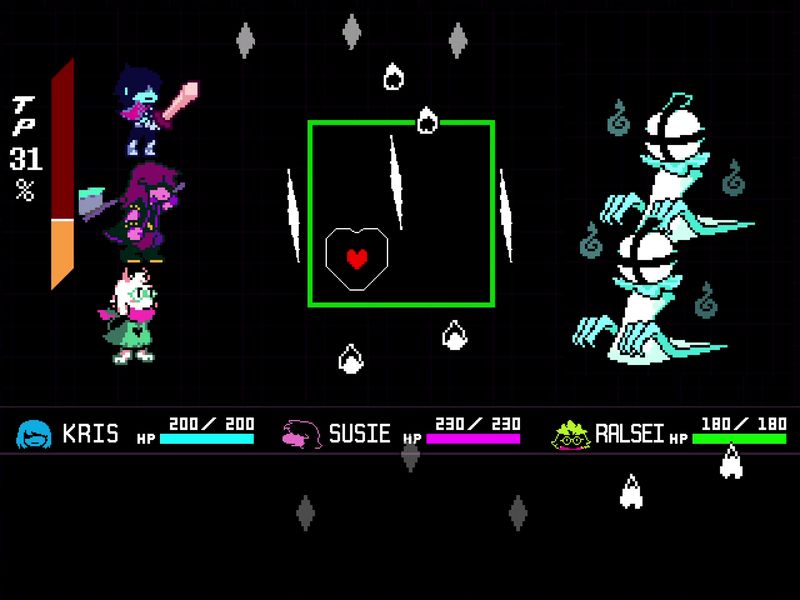
Gameplay Mechanics
At its core, DELTARUNE reimagines classic turn-based RPG gameplay. It blends familiar options—Fight, Act, Item, and Mercy—with clever twists like timed dodging and combo attacks. These changes add challenge and strategy, making each battle feel fresh. The standout feature is the “TP” (Tension Points) system, which rewards smart risk-taking. You collect TP to cast spells or heal, which adds a fun layer of decision-making.
Combat also features environmental puzzles that require using your team’s abilities—like Susie’s brute strength or Ralsei’s healing magic. Mini-games scattered throughout keep things lively, adding rhythm and text-based challenges that break up the flow.
That said, pacing can occasionally stumble. Some unskippable cutscenes drag during replays, and a few boss fights rely on trial-and-error instead of pattern recognition, which may frustrate players. Still, standout battles like the Chapter 3 Cyber World boss fight show how DELTARUNE blends eerie atmosphere, gameplay variety, and emotional payoff into something truly special.
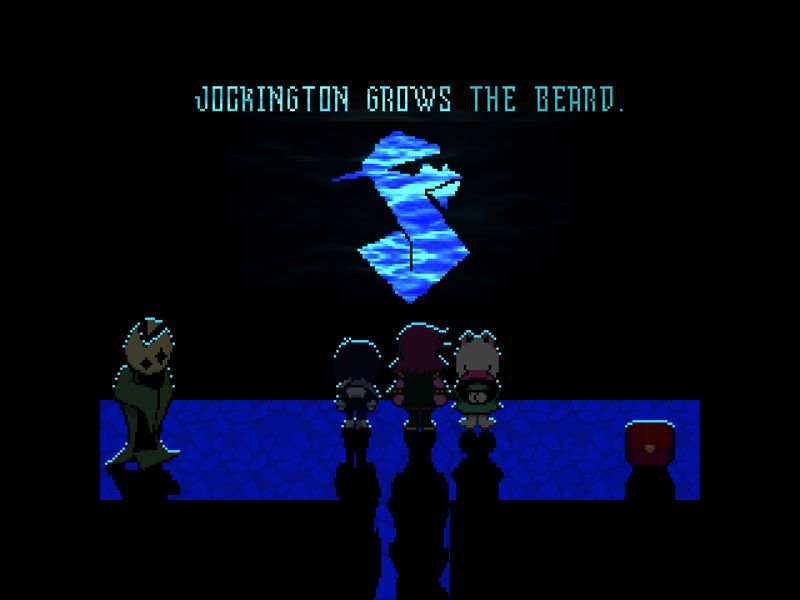
Story and Characters
DELTARUNE’s story shines because of its strong, personal characters. As Kris, the silent main character, you team up with Susie and Ralsei. Susie hides unexpected depth behind her rough attitude, while Ralsei acts as the group’s emotional center. Their growing bond creates a story full of tension, warmth, and genuine friendship.
The Dark World isn’t just a fantasy setting—it reflects the characters’ inner struggles and moral dilemmas. This adds weight to every encounter, even the oddest ones.
What makes DELTARUNE stand out is its mix of deep emotion and silly charm. Quiet scenes—like Ralsei’s honest moment in the library—feel heartfelt without being dramatic. Meanwhile, running jokes (like the scared dog cameo) bring humor without breaking the tone. These emotional shifts never feel out of place. Instead, they highlight the game’s unique storytelling style, blending sincerity and absurdity into something fresh and memorable.
World-building
DELTARUNE’s world is both familiar and surprising. It feels like a spiritual sibling to Undertale, but quickly carves out its own identity. Each chapter introduces unexpected twists that keep players curious. The game constantly changes tone, gameplay, and setting in ways that stay engaging.
The Dark World serves as more than just a backdrop—it symbolizes the characters’ feelings and choices. From glowing cityscapes to dreamy libraries, the environments are rich with meaning. This attention to atmosphere builds emotional connections and encourages exploration. Players often grow attached to characters like Kris, Susie, and Ralsei because the world makes their journey feel personal and immersive.
With every chapter, DELTARUNE adds layers of mystery, emotion, and imagination. It transforms its world into a living, evolving story.
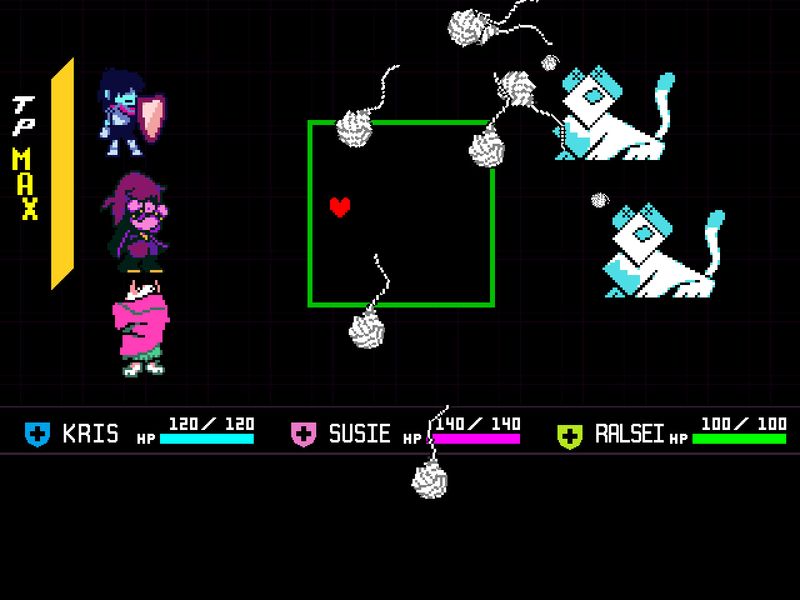
Visuals and Graphics
DELTARUNE proudly embraces its pixel art style, much like Undertale, but with sharper details and brighter colors. The 2D design stays simple but feels alive. Each chapter introduces new visual themes—like glowing forests or neon cities—that match the tone of the story.
Color is used with intention. Warm colors in safe zones make you feel calm, while cool tones add tension in dangerous areas. Character sprites may be small, but subtle changes in posture or facial expressions reveal a lot about how they’re feeling. While players looking for flashy 3D graphics might overlook DELTARUNE’s style, it’s a deliberate choice. The visuals support the game’s storytelling, charm, and emotional depth without unnecessary complexity.
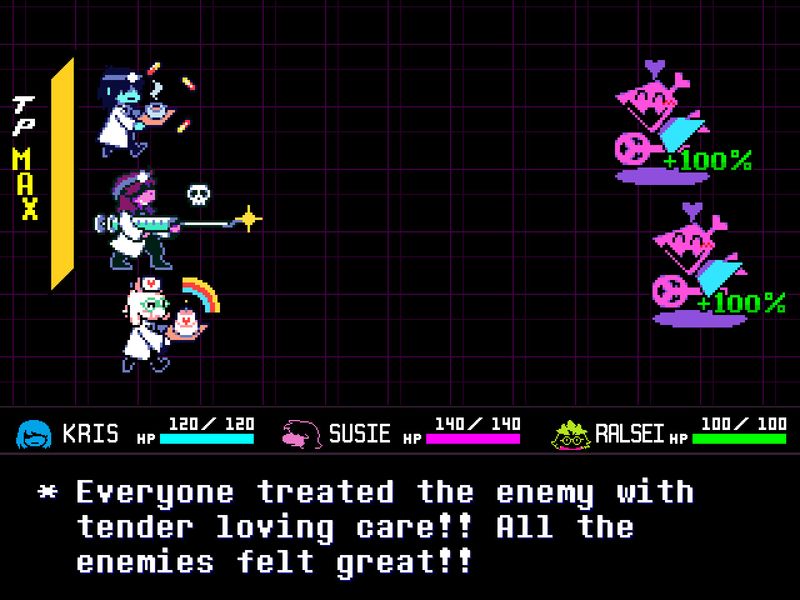
Sound and Music
The sound design in DELTARUNE is a major standout. Toby Fox composed the soundtrack himself, and it shows. The music doesn’t just play in the background—it enhances every moment. From upbeat chiptunes to gentle piano melodies, each track perfectly matches the emotion of the scene.
Two standout songs include “Falling Up” from Chapter 2, which combines a haunting mood with a catchy tune, and “Queer Child,” a fast-paced boss theme that blends rhythm and chaos into a memorable showdown. The sound effects are crisp and help make combat and interaction feel responsive.
Although there’s no full voice acting, occasional vocal snippets add just the right touch of personality. The audio experience is rich, emotionally driven, and unforgettable.
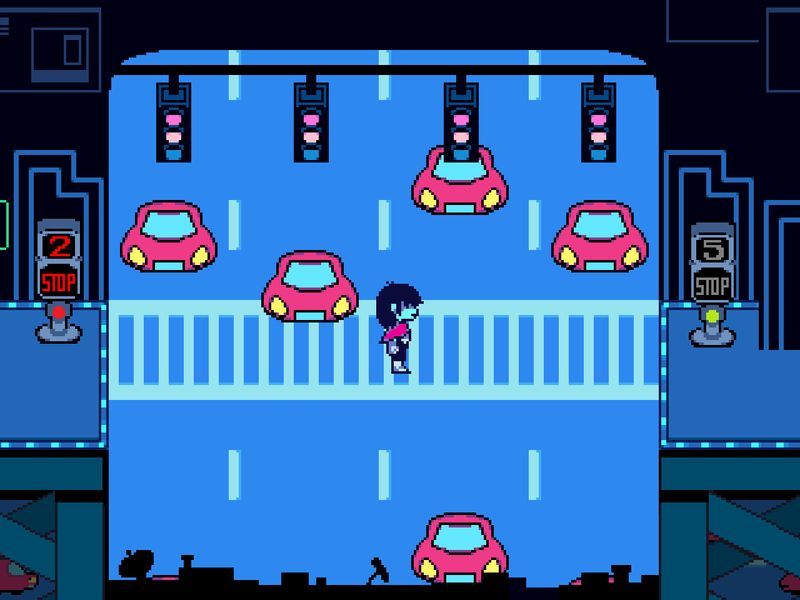
Difficulty and Replayability
DELTARUNE hits a sweet spot in terms of difficulty. It’s accessible for newcomers but slowly adds more complex mechanics to challenge experienced RPG fans. The early chapters teach the basics, but later ones require better timing, smart choices, and resource management. This gradual difficulty keeps things fun and satisfying.
Replayability is one of the game’s biggest strengths. DELTARUNE is packed with secrets—hidden bosses, alternate strategies, and dialogue options that change how scenes play out. Every playthrough can reveal something new. With Toby Fox promising future chapters as free updates, the game encourages long-term interest. Your choices matter, making the experience feel personal and worth revisiting.

Trivia and Behind the Scenes
DELTARUNE is a true passion project led by Toby Fox. Like with Undertale, he took on several roles—writing, coding, composing, and directing. His creative fingerprint is on every part of the game, which makes the experience feel personal and consistent.
There’s also a lot to uncover for fans who dig deeper. Hidden files contain unused dialogue, secret messages, and clues about future plot points. Characters like Berdly and Rouxls Kaard come from Toby’s old fangames, offering fun nods for longtime fans. These behind-the-scenes details build a stronger connection between players and the creator, making DELTARUNE feel like more than a game—it’s a growing story fueled by community and creativity.
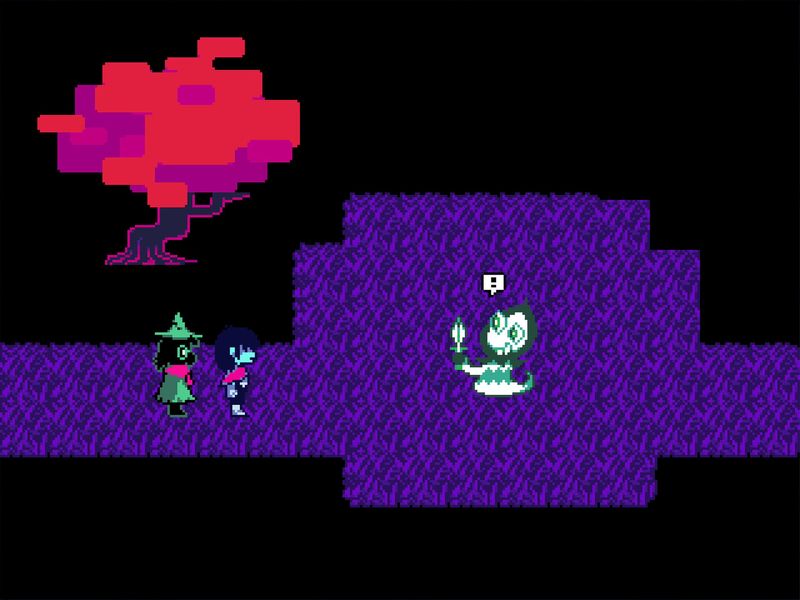
Final Thoughts
DELTARUNE is a standout indie RPG that excels in character writing, creative combat, and emotional music. It balances heartfelt moments with humor, delivering a rich and rewarding experience. Every chapter is packed with charm, secrets, and meaningful interaction.
While some cutscenes could be shorter for better pacing, those are small issues in an otherwise polished adventure. What really sets DELTARUNE apart is its bold storytelling and generosity—free updates, strong emotional core, and genuine respect for players’ time.
If you enjoy story-driven RPGs, unique gameplay, or simply want a game that surprises and moves you, DELTARUNE is a must-play.
Rating: 4.5 out of 5 stars
